
How the pandemic disrupted Ottawa's typical real estate cycles
Historically, you could describe Ottawa’s real estate market the way you’d like to describe a good friend or life partner: highly stable, consistent and predictable.
But since 2020 was extraordinarily unpredictable and unprecedented, disrupting the typical, local real estate cycles and trends, it’s been difficult to predict what the real estate market would be like in 2021.
Realtor Taylor Bennett is a regular guest on CTV News at Noon.
With fewer than seven weeks left until 2022, Taylor Bennett analyzes the pre-pandemic real estate trends that have returned and the new trends are here to stay.
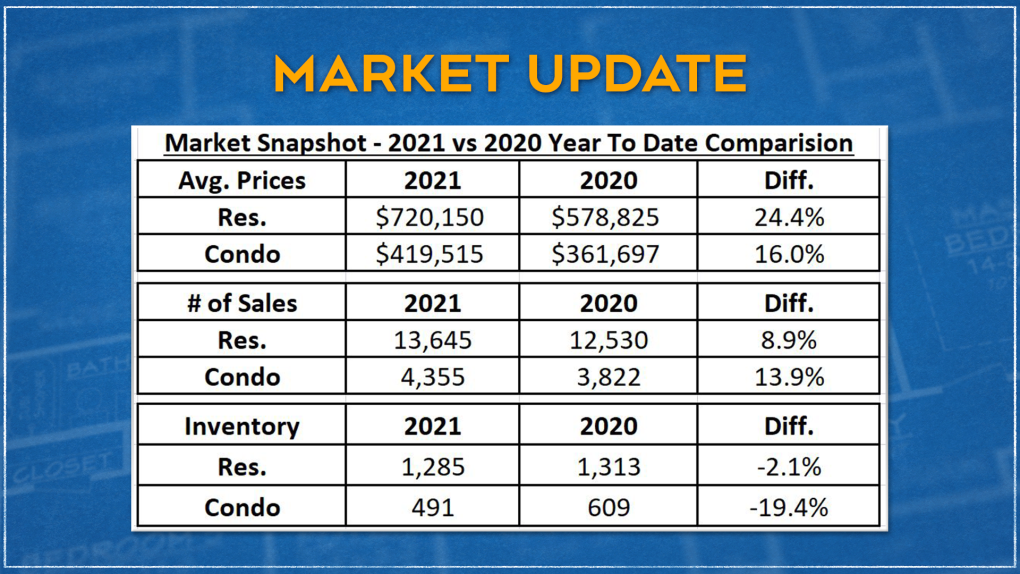
Market update
“Primarily driven by the historically low interest rates, the severe lack of inventory, and the high average household income levels, the real estate market here has seen double-digit growth in prices for almost two years, and October was no different. While we have seen the growth rate slowly decrease (the average price growth in Oct. 2021 was almost 16 per cent, compared to the Year-To-Date average of almost 25 per cent), until the inventory levels rise to normal levels, prices are unlikely to drop.”
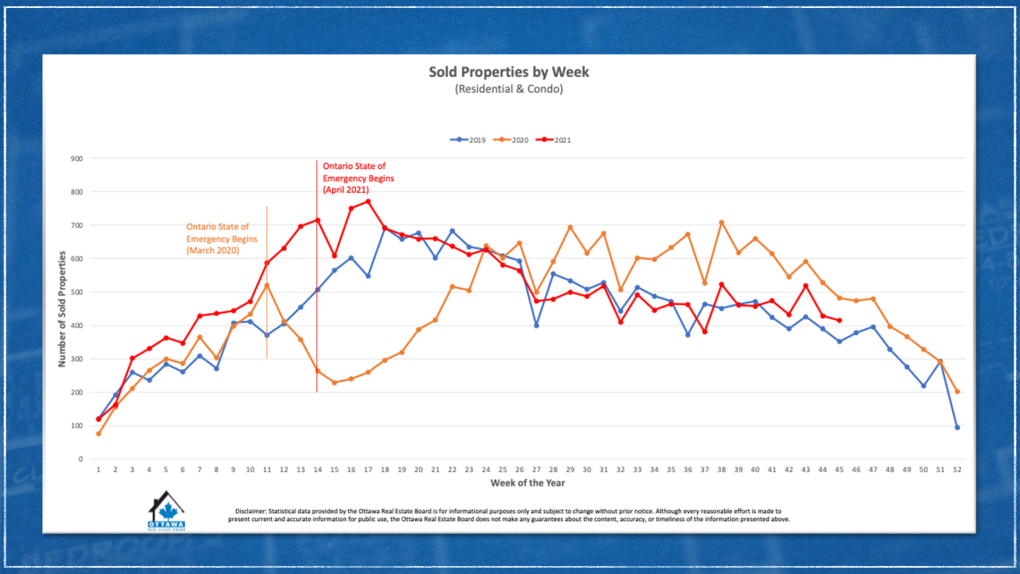
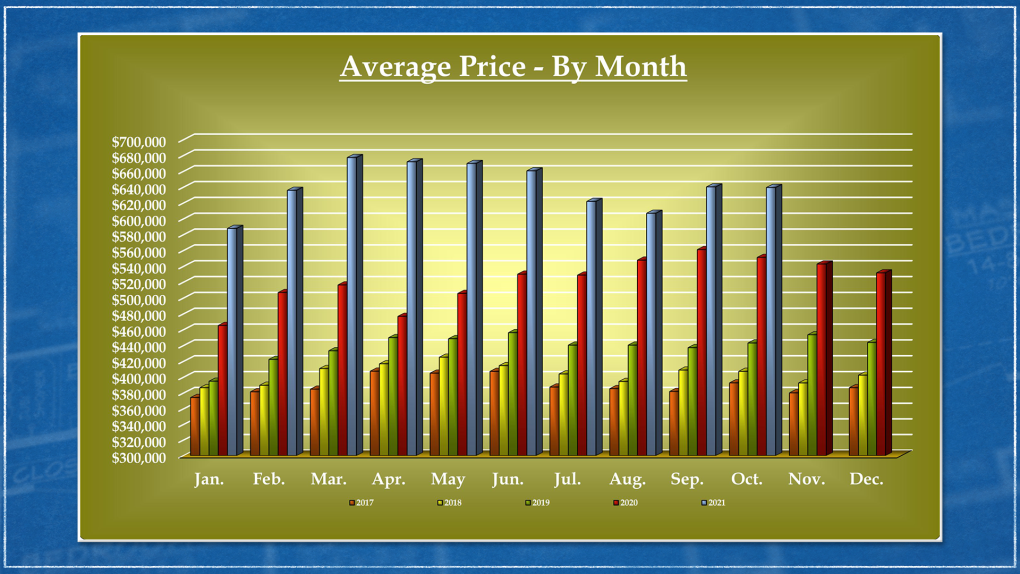
Market update: Graphs
“In 2020, the spring market was upended by the provincial lockdown order issued in mid-March. As a result, the sales that we normally have during the busiest time of the year were pushed into the second half of the year, and we saw a record number of sales during a time when the market activity tends to slow down. However, in 2021, the real estate sales cycle returned to normal with a traditional busy spring market, tapering off near the end of the summer, and another small increase during the fall. But until the inventory levels return to normal, buyers will have to continue to be as prepared as ever.”
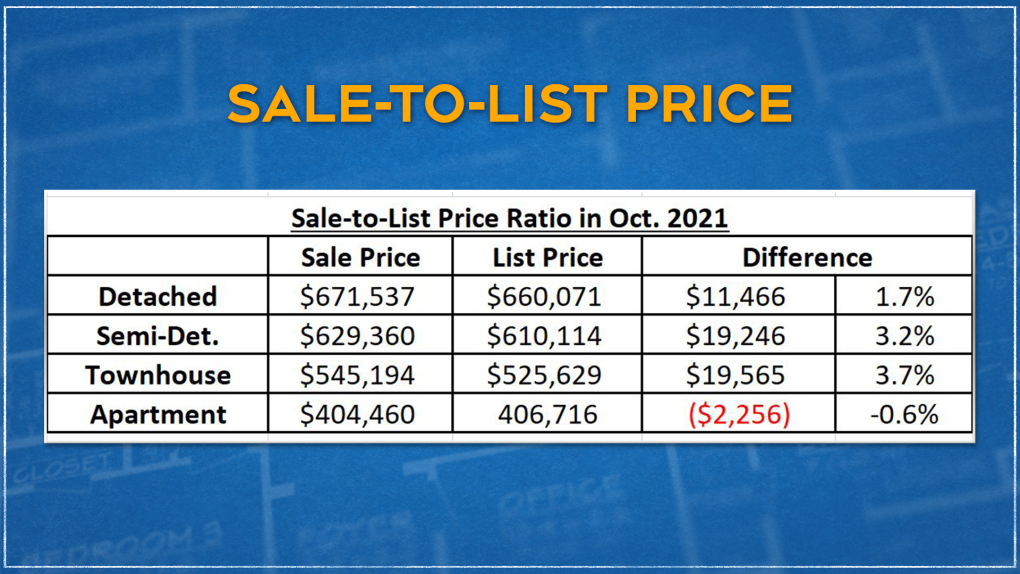
Sale-to-list price
"Prior to 2019, properties in Ottawa typically sold for about 1.5 per cent less than their list price. But when the inventory levels started to drop in 2019, many homes started selling for more than their list prices due to multiple-offer scenarios. And when the inventory levels plummeted in 2020, multiple-offer scenarios became the norm; almost every home sold for more than asking price. During some months the average sale price was more than $80,000+ higher than the average list price. Currently, while there are many sellers still using this marketing strategy, there are more sellers implementing a traditional pricing strategy which has helped certain buyers who were avoiding bidding wars to enter the market.”
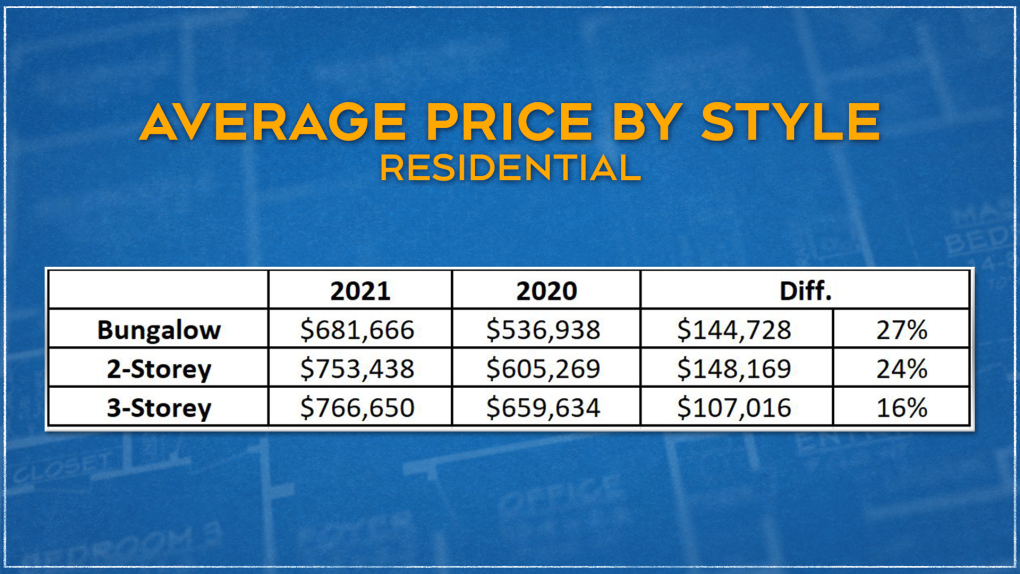
Average price by style: residential
“The demand for bungalows continues to remain high. As more and more Baby Boomers enter their retirement years and the pandemic allowing many of us to work from home, many buyers have chosen to move to rural Ottawa, where bungalows are more prevalent. But despite their increasing demand, they are still the least expensive style of the three. It may be surprising that three-storey homes are the most expensive style but many three-storey homes are found in highly sought-after areas (Glebe, Westboro, Wellington Village, etc...) where lots are smaller due to their high costs, so builders are forced to increase the height to add more square footage.”
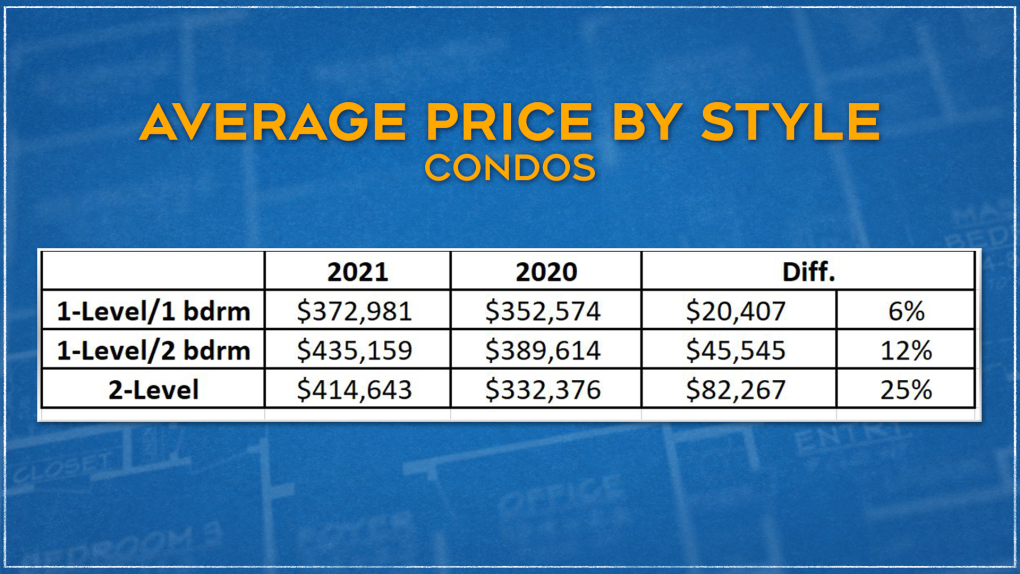
Average price by style: condo
“Another common option among Baby Boomers are condos, since they can offer a very comfortable low-maintenance lifestyle. And even though they are downsizing, most Baby Boomers need at least 2 bedrooms, which is why their average price has increased by more than $45,000, while one-bedroom condos saw a modest increase of 6% since 2020. As for the two-level style condos, which are often stacked townhomes or regular townhomes, their $80,000+ increase can be attributed to the rapid price increase of free-hold townhomes - as buyers were priced out of that style of home, two-level condos became the more affordable option.”
CTVNews.ca Top Stories

'They needed people inside Air Canada:' Police announce arrests in Pearson gold heist
Police say one former and one current employee of Air Canada are among the nine suspects that are facing charges in connection with the gold heist at Pearson International Airport last year.
House admonishes ArriveCan contractor in rare parliamentary show of power
MPs enacted an extraordinary, rarely used parliamentary power on Wednesday, summonsing an ArriveCan contractor to appear before the House of Commons where he was admonished publicly and forced to provide answers to the questions MPs said he'd previously evaded.
Leafs star Auston Matthews finishes season with 69 goals
Auston Matthews won't be joining the NHL's 70-goal club this season.
Trump lawyers say Stormy Daniels refused subpoena outside a Brooklyn bar, papers left 'at her feet'
Donald Trump's legal team says it tried serving Stormy Daniels a subpoena as she arrived for an event at a bar in Brooklyn last month, but the porn actor, who is expected to be a witness at the former president's criminal trial, refused to take it and walked away.
Why drivers in Eastern Canada could see big gas price spikes, and other Canadians won't
Drivers in Eastern Canada face a big increase in gas prices because of various factors, especially the higher cost of the summer blend, industry analysts say.
Doug Ford calls on Ontario Speaker to reverse Queen's Park keffiyeh ban
Ontario Premier Doug Ford is calling on Speaker Ted Arnott to reverse a ban on keffiyehs at Queen's Park, describing the move as “needlessly” divisive.
'A living nightmare': Winnipeg woman sentenced following campaign of harassment against man after online date
A Winnipeg woman was sentenced to house arrest after a single date with a man she met online culminated in her harassing him for years, and spurred false allegations which resulted in the innocent man being arrested three times.
Woman who pressured boyfriend to kill his ex in 2000s granted absences from prison
A woman who pressured her boyfriend into killing his teenage ex more than a decade ago will be allowed to leave prison for weeks at a time.
Customers disappointed after email listing $60K Tim Hortons prize sent in error
Several Tim Horton’s customers are feeling great disappointment after being told by the company that an email stating they won a boat worth nearly $60,000 was sent in error.
































